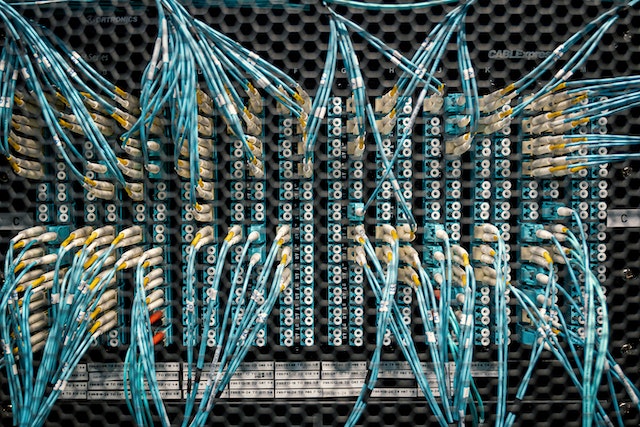In the ever-evolving world of electronics, connectors play a pivotal role in ensuring seamless communication between devices. One such connector that has stood the test of time and technology is the D-Sub connector, also known as the D-subminiature or simply D-sub. While its design may seem retro in the age of sleek, modern connectors, the D sub connector has proven itself as a reliable and versatile interface for a wide range of applications. In this blog, we’ll take a deep dive into D-sub connectors, exploring their history, different variants, and various applications in both analog and digital realms.
A Brief History
The D-sub connector’s history dates back to the 1950s when it was developed by Cannon (now ITT Cannon) for military applications. The “D” in its name refers to the shape of the connector’s shell, which is reminiscent of the letter “D.” Initially, it was designed for analog applications, such as serial communication and video connections, but it has since evolved to support a wide range of applications.
D-Sub Variants
D-sub connectors come in several sizes, with the most common being the 9-pin (DE-9), 15-pin (DB-15), and 25-pin (DB-25) versions. The number of pins varies to suit different applications, and the size of the connector determines the number of pins it can accommodate. You can also find high-density D-sub connectors, which pack more pins into a smaller form factor for applications with limited space.
D-sub connectors come in male and female versions, with male connectors having pins and female connectors having sockets. This gender differentiation is important to ensure compatibility and prevent accidental connection of incompatible devices.
Analog Applications
D-sub connectors are well-known for their use in analog applications. They are commonly used in VGA (Video Graphics Array) connections to link computer monitors and projectors with a computer. D-sub connectors provide a reliable interface for transmitting analog video signals. Additionally, they are utilized in audio applications and RS-232 serial communication for connecting devices like printers, modems, and early computer peripherals.
Digital Applications
While the D-sub connector’s reputation was primarily built on analog applications, it has found a place in the digital world as well. With the advent of USB to D-sub adapter cables, you can use D-sub connectors for USB connections. These adapters provide a bridge between the older D-sub interfaces and modern USB technology.
Furthermore, D-sub connectors are sometimes used for data acquisition and control in industrial settings, connecting sensors, switches, and other digital devices to control systems.
The Durability Factor
One of the D-sub connector’s strongest selling points is its robust construction. The connectors are typically made of metal, ensuring they can withstand mechanical stress and environmental factors. This durability makes D-sub connectors ideal for industrial applications, where reliability and longevity are critical.
